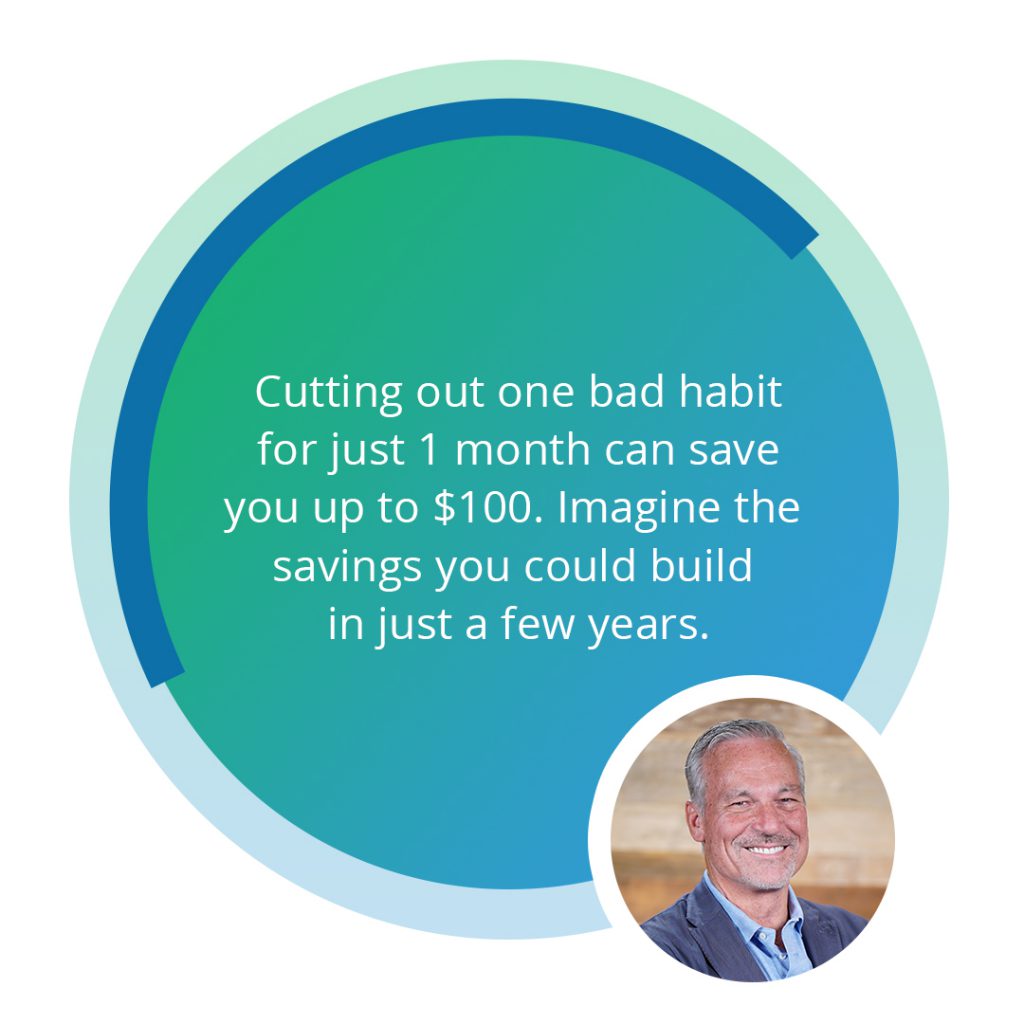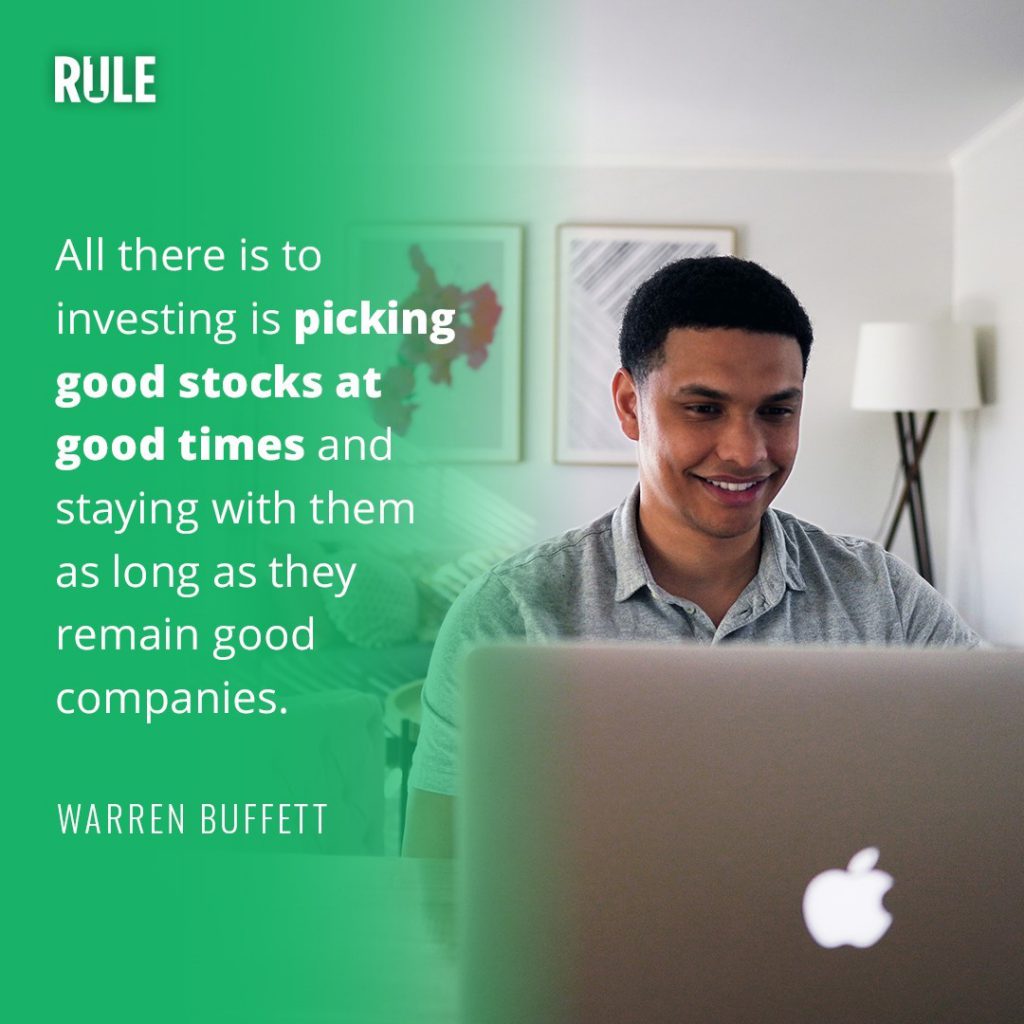Learning to invest is a skill that can provide you with incredible lifelong value and even result in generational wealth, but it’s not something anyone knows how to do when they first start. Not even Warren Buffett.
The critical things are: to begin with the right strategy, commit to gaining financial independence, and have the discipline to keep learning. If you have those three things, even people like you and me become wealthy.
I know it can feel intimidating at first, which is why I’m sharing this simple, well-beaten path to wealth that most of the great investors I know have followed.
Warren Buffett says there are only two rules of investing: Rule #1 – Don’t lose money and Rule #2 – Don’t forget Rule #1. Follow the simple Rule #1 investing strategy we learned from Buffett, Ben Graham, and Charlie Munger, three of the best investors in history.
You can learn how to become an investor and, more importantly, build wealth that will sustain you and your family for generations to come.
I know because I’ve done it, and if I can do it, so can you. So come on, let me take you on this amazing journey.

How to Become an Investor in 8 Steps
Becoming an investor can be broken down into 8 simple steps that anyone can do. Really. You can start right now with whatever you know about investing and wherever you are financially, like me when I started, being dead broke.
All you need now is to know what the great investors do, and soon enough, you will be able to sit back and watch your wealth grow.
You don’t have to do it alone, either.
I’ll be with you every step of your journey to becoming an investor, sharing the invaluable lessons I have learned from my own journey as we go, plus the lessons I have learned from the famous investors who have gone before me.
After all, if you want to know how to be an investor—and a great one at that—why not copy the best?
1. Get the Right Investing Resources
Alright, let’s get started. Step one is getting ahold of the right investing resources because finding credible investing education resources is key to your success as an investor.
When it comes to finding credible resources, the problem is that there is no formal Rule #1 education. This means the barrier to entry for ‘educators’ is low—anyone can teach about ‘investing’, even Ivy League professors.
As a result, there is a lot of miseducation out there. In fact, what’s out there is mostly miseducation. Charlie Munger once said that he thought that 95% of the people in the financial world make witch doctors look good.
To help you with resources I think are great, I created a virtual folder full of tools & resources for you.
Eventually, you may use everything in that folder because part of being an investor means you never stop learning.
Case in point: I was invited to Japan to meet Wahei Takeda, the 84-yr old (at the time) billionaire often thought of as the ‘Warren Buffett’ of Japan. He’d read my book, Rule #1, and wanted to meet me to discuss it. He is a great example of a man who never stopped learning. Even as an 84-year-old billionaire, he remained curious and open to new investing resources.
Use these resources to develop a foundational understanding of Rule #1 investing, and refer to them when you have questions.
2. Learn Investing Basics
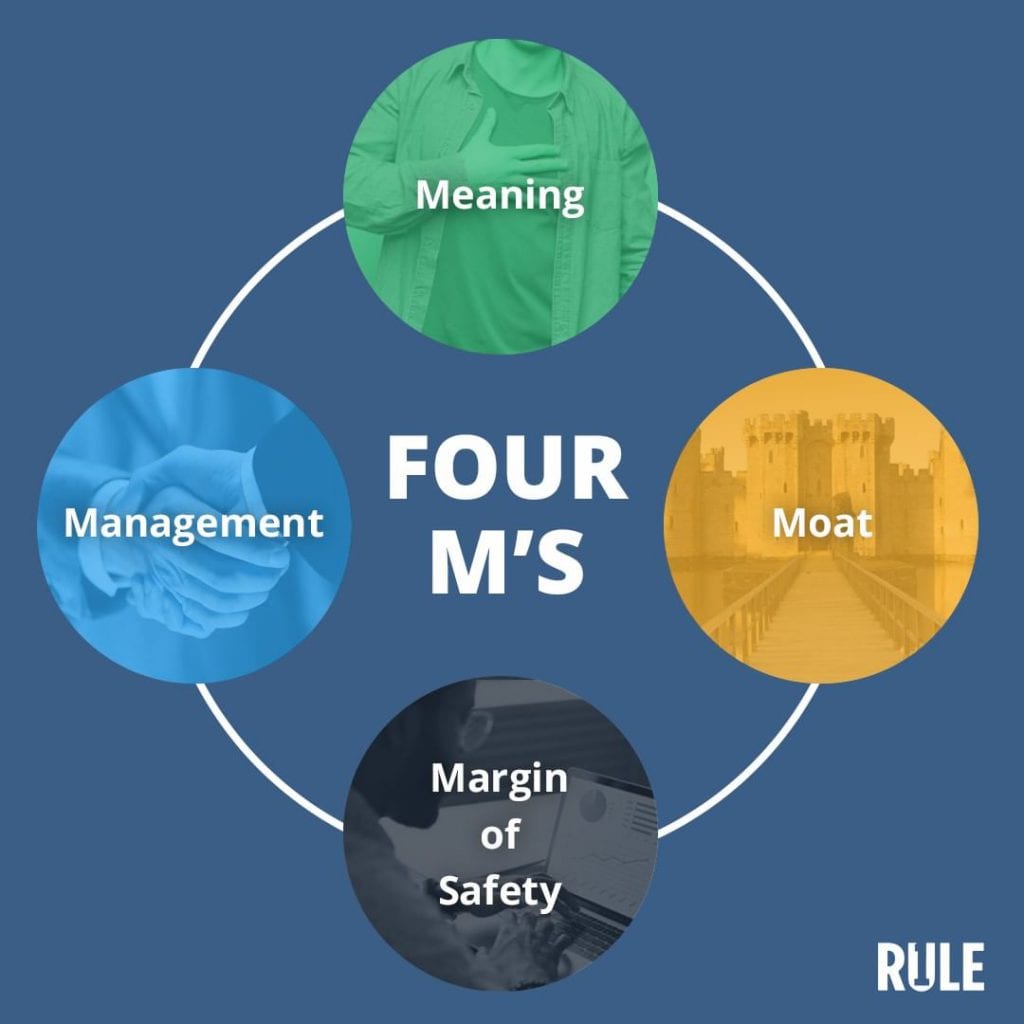
Once you’ve got your hands on the right resources, you can learn the basics of investing.
Investing (and we’re mostly talking about buying stocks here) is simple, really.
Stocks represent a piece of a business, and to be a successful investor, the first thing you need is to be able to understand the business. After that, ensure it has an intrinsic characteristic that protects it from competition. Then, be confident that the CEO has integrity and talent. And finally, know the value and buy it with a substantial margin of safety.
Those four simple ideas have created more millionaires and billionaires than any other investing strategy. These four ideas separate investing from speculation. Just refer to my Investing Guide to go deeper into those four basic concepts, and then you’re ready to move on to Step Three.
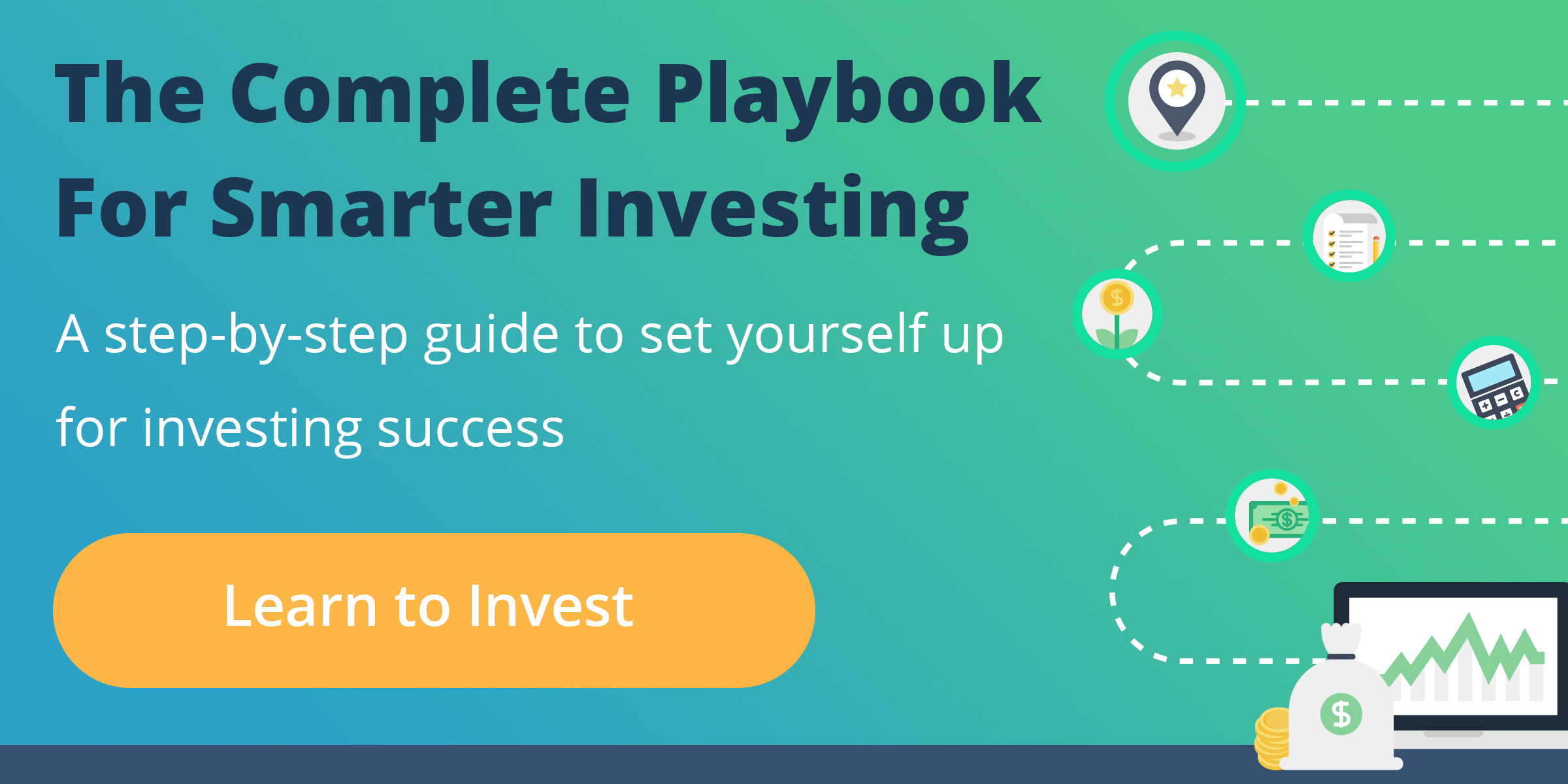
3. Have a Beginner Mind
There is a library full of books about the beginner mind for meditation, yoga, prayer, golf, tennis, and motorcycle maintenance, to name a few I’ve read. I should write one about Zen and the Art of Investing, but it would be a very short book, so I’ll tell you right here about having that very important Zen thing – a beginner mind.
When you start something new that you have no idea about, you are “unconsciously incompetent.” It is fun to try to do something new when you don’t even know you don’t know. You have no preconceived ideas about how this is supposed to go; you have nothing to prove, no goals to achieve, and no expectations about what you can do. You get going and enjoy the moment. It’s all good. This state of consciousness is called the ‘Beginner Mind.’
Once you start learning, however, the process shifts up a gear, and you become “consciously incompetent.” That’s the state of mind where you don’t know what you’re supposed to do, but you’re trying to do it anyway. That’s frustrating.
Staying in Beginner Mind in this phase means that you recognize that you’re a beginner, that you don’t know much, and you shouldn’t be concerned. You know you are going to get better at this. In this phase, staying very humble is important.
If you keep on, you’ll become “consciously competent,” a state of mind where you do well when you stay focused.
But in this phase, you may alternate between fear of failing and over-confidence, sometimes both in the same hour. In this phase, people can get in deeper than they should or fail to get in deep enough to keep learning and growing.
But if you still keep on, you’ll eventually get to “unconscious competence” – a lovely place where everything seems to go on correctly by itself, seemingly without you trying to do it correctly. Athletes call this “The Zone.” This state of mind is back to Beginner Mind but now fully mastered.
The basic idea of the Beginner Mind is to keep yourself in emotional balance through all the phases of learning. Staying in Beginner Mind means keeping your emotions out of the process and having fun, just like a raw beginner.
Before you arrived here today, you probably already had preconceived notions about investing, and maybe you’ve even made some investments. Forget all that.
I want you to start with a Beginner Mind. Let go of all thoughts that you know how to do this, settle in for a time in that Zen place where you have no preconceived notions, and it’s all just going on, and let yourself be “unconsciously incompetent” for a while.
This should be fun. Let it be. (Cue the Beatles.)
4. Learn to Read Fast
Reading is a mandatory investing requirement— you’ll find yourself reading a lot. You need to learn to read fast (or if you like to listen to books and podcasts, listen fast).
The key to reading/listening fast is to have an idea of what you’re looking/listening for. That is a lot easier than it sounds because when you’re researching a business, you’re only looking for four things:
- Do I understand this?
- What’s the moat?
- Is the CEO trustworthy?
- What’s the value?
Once you know what you’re looking for, going through it fast becomes a lot easier. Most people read about 300 words per minute. And there are about 300 words per page in a typical book. So a minute per page. If you know what you’re looking for in the text, your reading speed can go up to 3 pages a minute. You can get through a typical book about a business in an hour. Even faster if you’re listening at high speed.
If you don’t like reading, get some earbuds, sign up for Audible, and let someone else do the reading for you. Listen to podcasts. Listen to InvestED, the podcast I do with my venture capital attorney daughter, Danielle. We’ve done eight years’ worth. 400 of them. All about precisely this.
To get an idea of how I have incorporated these good investing habits into my day, check this out:
5. Control ERI
ERI – the Emotional Rule of Investing – says that if you buy a stock, it will immediately go down, and if you don’t buy it, it will immediately go up.
You will not be able to avoid ERI, so don’t try. Instead, recognize that real investing involves real money and emotions will be strong around investing decisions. To learn how to be an investor who builds wealth, you must know how to control these emotions.
For emotional control, the Rule #1 strategy is a godsend. It limits the number of businesses you will be interested in and reveals the true value of the businesses you want to buy.
When you know the value, you don’t have to hope you’re right, and you don’t have to fear you’re wrong. You can sleep at night knowing that if the stock market closes for the next ten years, your investments will all do well and make you richer.
Doing Rule #1 strategy correctly is like buying a $10 bill for $5. You get a bargain, and you are certain to make money. When that is the case, if you can buy a second $10 bill for $3, you’ll be thrilled at the opportunity because now you can buy more at a better price.
You’ll see that when you get the hang of this, Rule #1 strategy takes the emotion out of investing. If after you buy, the stock goes up, you’re happy. And if it goes down, you’re getting an even better bargain, and you’re happy. ERI becomes irrelevant.
6. Take the Path Less Traveled
Robert Frost wrote:
I shall be telling this with a sigh
Somewhere ages and ages hence:
Two roads diverged in a wood, and I—
I took the one less traveled by,
And that has made all the difference.
From “The Road Not Taken” by Robert Frost
Rule #1 strategy is the path less traveled when it comes to investing. Easily 95% of the professionals are not on this path, and you’ll rarely meet an amateur investor here. Buffett said that there is something about this strategy that people either immediately get or they never do. After you’ve had a chance to learn about it, I hope that you’re one of those who get it.
I was one of the lucky ones.
And it really did make all the difference, not only in my life but in the lives of my children and grandchildren, and in the lives of the thousands of people who’ve become financially independent by learning Rule #1 from my team of great teachers.
However, be warned.
You may have friends and family who have not achieved financial independence, much less generational wealth, who are going to tell you that if achieving financial independence was that easy, everyone would be doing it. And even if it were possible, they’d tell you that you can’t do it.
I was a river guide when I learned this; I ignored all that negativity and did it. Since then, I’ve taught thousands of people just like you, and they’re doing it, and some have even become fund managers.
Your friends and family love you and don’t want to see you waste your time, but the truth is that they don’t know what they’re talking about. And I say that with love and respect. No reason they should. They’ve never been exposed to this, so why would they know?
Tell them you respect and love them but that you will make this happen come hell or high water and that they can borrow money from you when you do.
So, determine why you are investing, and make an investment plan that you promise you will stick to.
7. Incorporate Investing into Your Schedule
Commit to allocating some of your week to learning investing as part of your investment plan. Learning is the hard part. Doing it is fun and doesn’t take much time. Once you’ve learned it, you can keep up with your investing in as few as 15 minutes a week.
It may require a little more time initially, but this is so life-changing that you may have to force yourself away from it. This is one of those rare things in life that get better and better the longer you do it.
Buffett is 90 and managing a $300 billion public portfolio. Munger is 97 and running his $2 billion personal portfolio. To say that Rule #1 investing is addicting is an understatement.
You won’t have to worry about doing too little. Most of us worry about doing too much.
We often forget the most important principle of Rule #1 investing. Our activity level should look like laziness bordering on sloth.
You’ll be surprised at how much money you can make by channeling your inner indolence.
8. Master the Art of Patience
Speaking of sloth, hanging around waiting isn’t all that much fun when you’re aching for something good to happen, but get used to it. To become an investor, you must master the art of patience.
Charlie Munger once said, “We don’t make money when we buy a company. We don’t make money when we sell a company. We make money when we wait.”
It takes great patience to wait for the companies you have decided to invest in to go “on sale.” And it takes great patience to wait for the companies you bought to go back up to their value. And it takes great patience to wait while your investments continue to compound your capital for years into the future.
We must be patient while we wait for the market to drop or an event to occur that will put our favorite business on sale, but it will happen eventually. When it does, you will be able to buy that investment with a huge margin of safety, and then you’re certain to make money.
Remember, investing won’t make you rich overnight, but if you’re willing to wait and invest the Rule #1 way, it will make you rich.
If you follow these 8 steps, you’ll be on your way to “unconscious competence,” financial independence, and generational wealth.
So, are you ready to get going? My guide to Investing for Beginners will take you deeper into the Rule #1 process and prepare you to start your journey as an investor and buy that first company.
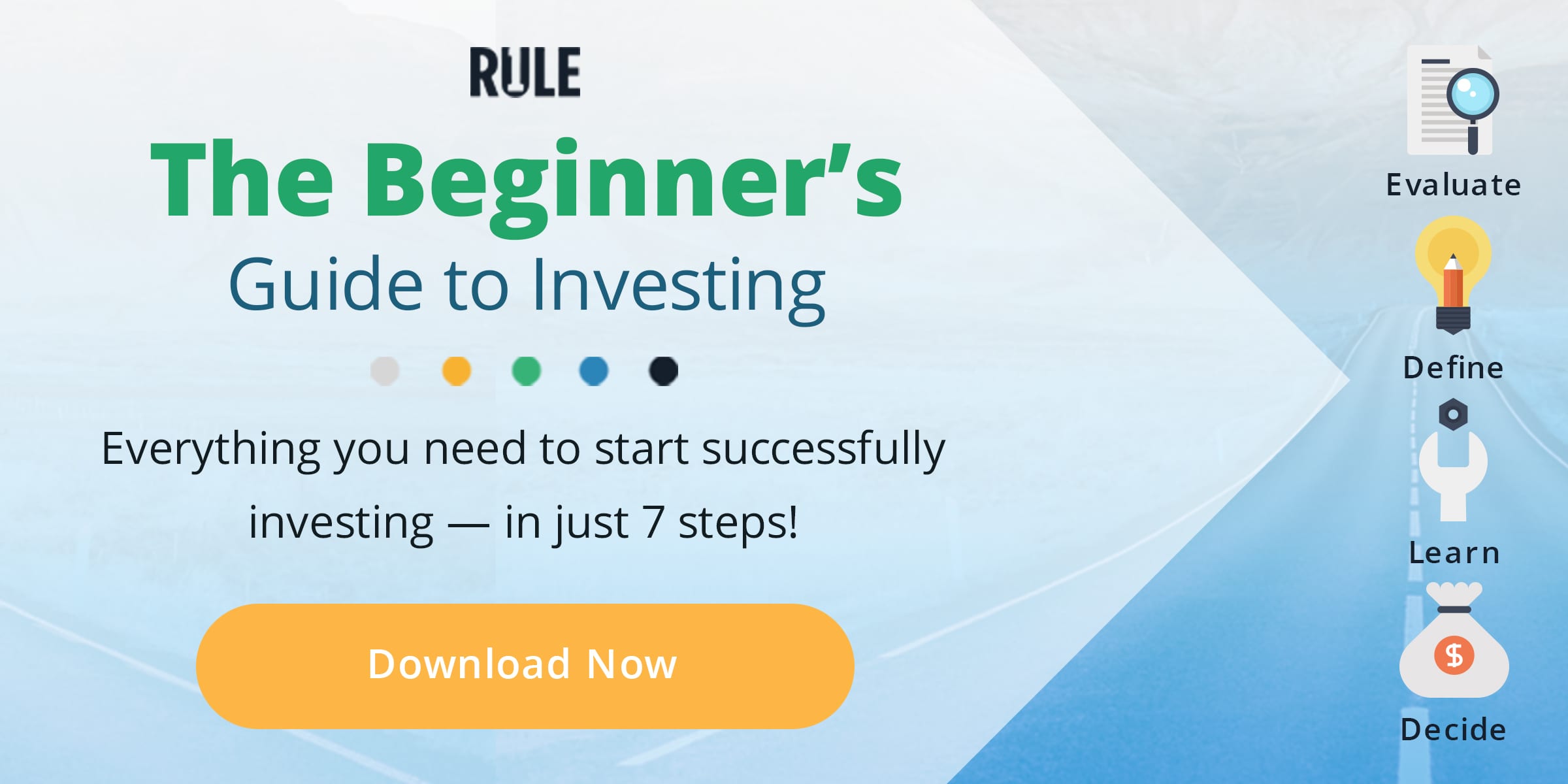
Editor’s Note: This post was updated for 2022 with additional tips on how to become a successful investor.
Phil Town is an investment advisor, hedge fund manager, 3x NY Times Best-Selling Author, ex-Grand Canyon river guide, and former Lieutenant in the US Army Special Forces. He and his wife, Melissa, share a passion for horses, polo, and eventing. Phil’s goal is to help you learn how to invest and achieve financial independence.

